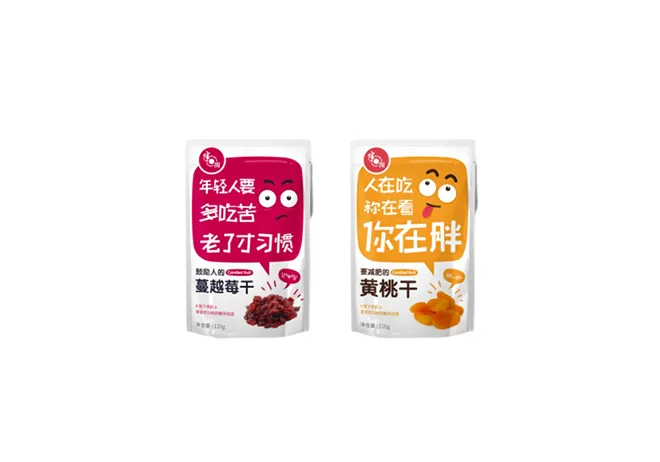In the world of agriculture and global trade, rice stands out as one of the most important staple foods. Yet, behind every successful shipment of rice lies a crucial process that ensures its safe and efficient transport rice bag packing. Although seemingly simple, effective rice bag packing is a sophisticated practice that blends tradition with modern techniques to optimize storage, transportation, and ultimately, market reach. Understanding the intricacies of rice bag packing is not only a matter of logistics but a display of expertise and authority in agricultural practices. This article unpacks the elements of rice bag packing that contribute to effective supply chain management and the importance of maintaining high standards of quality.

The art and science of rice bag packing begin with the choice of bags. Traditionally, burlap and jute bags were the go-to options due to their durability and breathability. Today, advancements in material science have introduced polypropylene and polyethylene bags to the market. These materials are favored for their resistance to moisture, pests, and external contamination, ensuring that the rice retains its quality from farm to table. Experts recommend multi-layered bags with a blend of paper, plastic, and foil to provide additional protection against environmental factors and extend the shelf life of rice.
Attention to weight and size is another key aspect in rice bag packing. Standard weights range from small 1kg packs to large 50kg sacks, catering to different consumer needs. Precision in packing is crucial as it affects distribution efficiency and regulatory compliance. Accurate weight and size measurements not only facilitate optimal space utilization during transportation but also build trust with consumers and partners who rely on correctly labeled products. Digital scales and automated filling machines enhance accuracy and speed in packing operations, reducing human error and increasing throughput.

Sealing practices are equally vital in maintaining the integrity of packed rice. A properly sealed bag prevents the entry of moisture and pests, which could otherwise compromise quality. Heat-sealing techniques are prevalent in the industry due to their effectiveness and efficiency. However, recent innovations have introduced advanced sealing technologies such as ultrasonic sealing, which offers a stronger and more reliable seal without the risk of damaging the bag. Such innovations showcase a commitment to expertise and credibility in delivering safe and high-quality rice products.
rice bag packing
Labeling and branding on rice bags fulfill both practical and marketing functions. Labels must comply with trade regulations, indicating not only the type of rice and weight but also information about origin, grade, and nutritional content. This transparency fosters trust among consumers and meets legal requirements in different markets. On the branding side, visually appealing and informative packaging helps distinguish products in a competitive market. Investing in design that reflects the quality and story of the rice—from the origins of the grain to sustainable farming practices—adds value and entices consumers.
Quality control is a continuous thread that weaves through every stage of rice bag packing. Professionals in the industry employ rigorous standards to ensure only the best grains are packed. This involves periodic inspection of both raw materials and the final product. Automated sorting and scanning technologies help in identifying and removing impurities, ensuring the rice's quality remains uncompromised. Such quality assurance measures underline the expertise and authority of rice producers who strive to deliver only the best to consumers.
With the growing emphasis on sustainability, the future of rice bag packing is likely to witness a paradigm shift. As consumers become increasingly environmentally conscious, there is a push for eco-friendly packaging solutions. Biodegradable bags and recyclable materials are gaining traction as they reduce environmental impact without sacrificing quality. The shift towards sustainable practices not only aligns with consumer values but also signals industry leadership in environmental responsibility.
In conclusion, rice bag packing is a multifaceted operation that demands expertise in choosing materials, precision in weight and size, excellence in sealing and labeling, and commitment to quality control. Each step requires meticulous attention to detail to ensure the delivery of high-quality rice that satisfies both regulatory standards and consumer expectations. As the industry evolves, a focus on sustainable practices further enhances credibility and trustworthiness, securing a competitive edge in the global market. These elements combined reflect the pinnacle of knowledge, experience, and innovation in the rice packing realm.